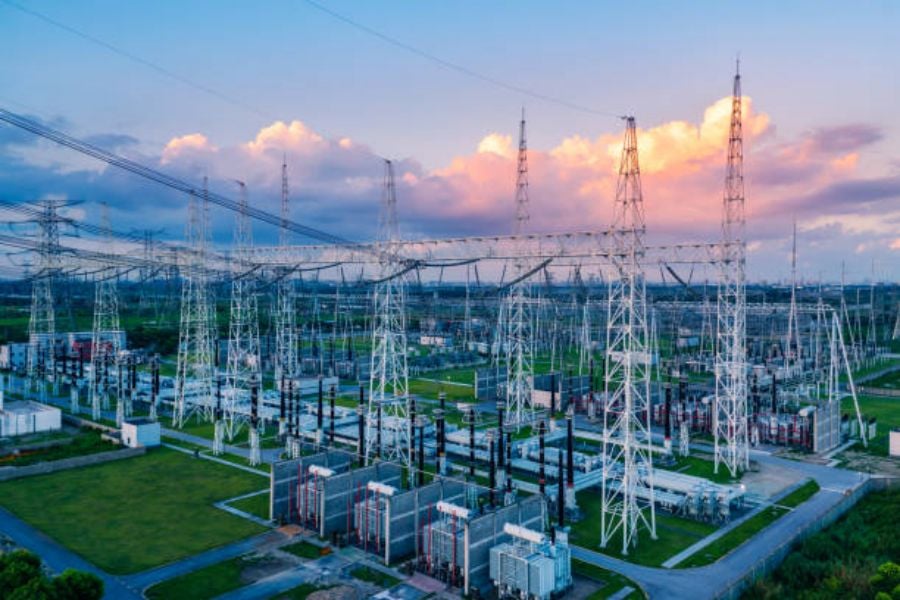Introduction
dielectric testing equipment plays a crucial role in ensuring the safety and reliability of electrical systems. By measuring the dielectric strength and insulation resistance of various components, this equipment helps identify potential faults and prevent electrical accidents. In this article, we will explore the different aspects of dielectric testing equipment and its significance in promoting electrical safety.
Understanding Dielectric Testing Equipment
Dielectric testing equipment, also known as insulation testers or megohmmeters, are specialized instruments designed to assess the insulation properties of electrical equipment. These devices measure the resistance to electrical current flow across insulating materials, helping to identify any weaknesses or faults that could compromise their performance or safety.
The Dielectric Strength Test
One of the primary tests conducted using dielectric testing equipment is the dielectric strength test. This test determines the maximum voltage an insulating material can withstand without breaking down or allowing excessive current flow. It helps establish the electrical integrity of materials used in transformers, cables, circuit breakers, and other electrical components.
Insulation Resistance Test
The insulation resistance test, another important aspect of dielectric testing, measures the resistance offered by the insulating material, indicating its ability to prevent current leakage. This test is performed to identify any deterioration or contamination in the insulation, which could lead to electrical faults, short circuits, or even electrical fires.
Importance of Proper Dielectric Testing
Regular dielectric testing is essential to ensure the safety and reliability of electrical systems. By identifying weak insulation or potential faults, this testing helps prevent electrical accidents, decreases downtime, and extends the lifespan of electrical equipment. It also enables early detection of insulation breakdown, reducing the risk of costly repairs or replacements.
Types of Dielectric Testing Equipment
Dielectric testing equipment comes in various forms, depending on the specific application and testing requirements. Some commonly used types include:
1. Insulation Resistance Testers
These testers measure insulation resistance in units such as ohms, megohms, or gigohms. They are commonly used to assess the condition of cables, motors, transformers, and other electrical equipment.
2. Hipot Testers
Hipot testers, also known as high-potential testers or dielectric withstand testers, apply high voltage to determine the dielectric strength of electrical devices or insulation materials. They help identify potential weaknesses or defects that could lead to electrical breakdown.
3. Time-Resistance Curve Analyzers
These analyzers monitor and plot the insulation resistance over time, allowing for the identification of moisture absorption, insulation drying, or other factors affecting the integrity of the insulation material.
4. Partial Discharge Testers
Partial discharge testers evaluate the presence of partial discharges in electrical equipment. These discharges can indicate insulation breakdown or degradation, and early detection helps prevent catastrophic failures.
Ensuring Compliance with Safety Standards
Dielectric testing equipment is designed to meet specific safety standards and regulations. Compliance with these standards ensures accurate and reliable test results, providing confidence in the safety and performance of electrical systems. Regular calibration and maintenance of the testing equipment are necessary to uphold these standards and ensure accurate measurements.
Conclusion
Dielectric testing equipment is an indispensable tool in the field of electrical safety. By assessing the dielectric strength and insulation resistance of various components, this equipment helps identify potential faults and prevent electrical accidents. Regular testing and maintenance of electrical systems using dielectric testing equipment are essential for ensuring the safety, reliability, and longevity of electrical infrastructure.

